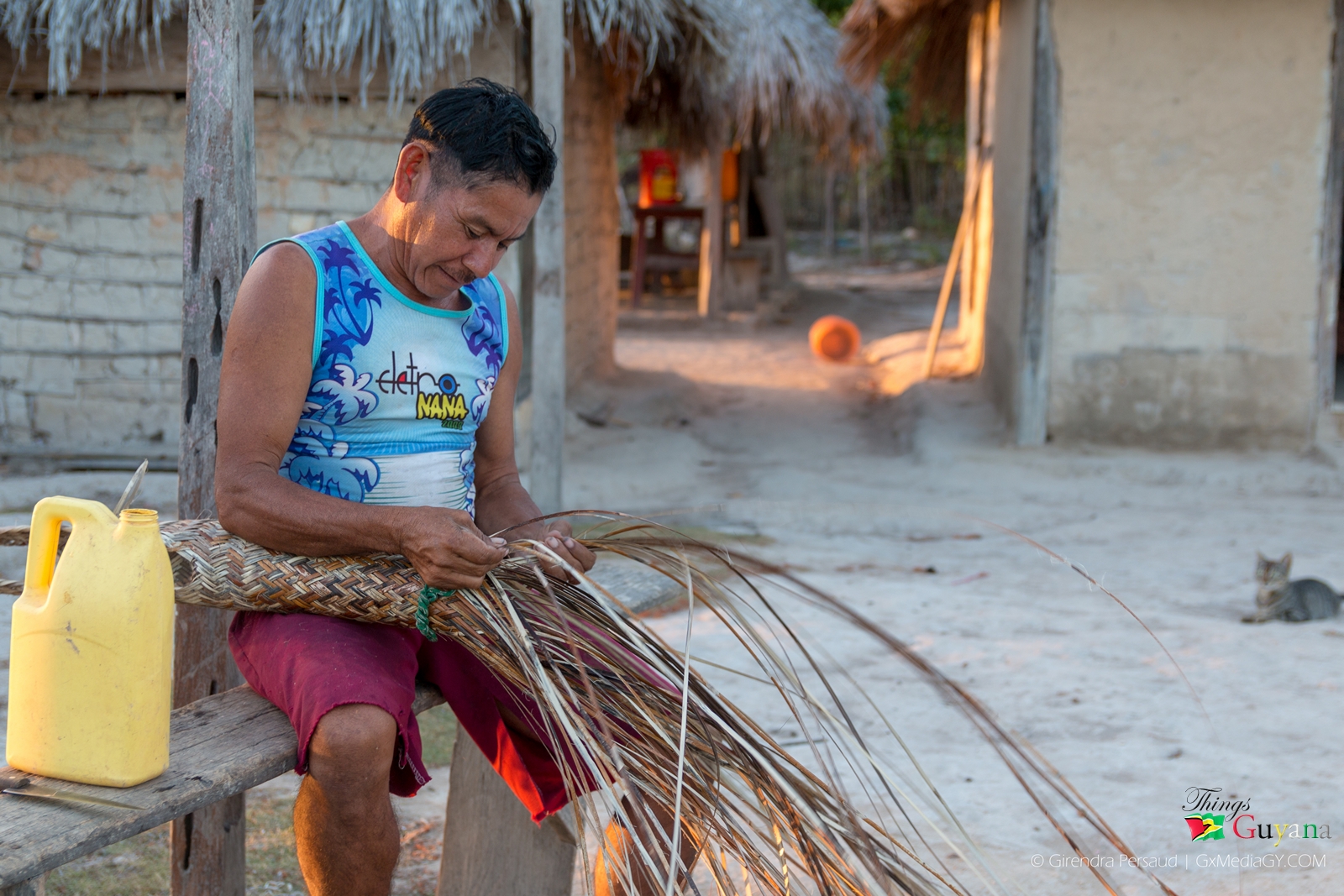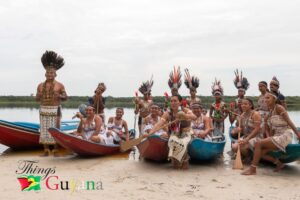Indigenous peoples or Amerindians, as described by our laws of Guyana, are the original inhabitants of Guyana. They have their own unique cultures, languages, and ways of life. However, in many cases, they have been marginalized and discriminated against by the dominant society. One might ask why this is so. To find the answers, we may need to go back to the history of our colonial times. The scholarly literature is decorated with accounts of the exploitation and subjugation of a people with immense value to our existence today (Bulkan, 2016, 2019; Gomes, 2012; Gomez, 2019; Sangha et al., 2015).
Inclusion is the act of including or making someone feel included. In the context of Amerindian communities, inclusion means ensuring that they have the same opportunities and rights as other members of society. It also means respecting their cultures and ways of life.
Why is inclusion important for Amerindian communities?
There are many reasons why inclusion is important for Amerindian communities. First, it is essential for their social and economic well-being. When Amerindian people are included in society, they are more likely to have equal access to education, healthcare, and employment opportunities. They are also more likely to participate in civic life and positively contribute to society.
Second, inclusion is important for the cultural survival of Amerindian communities. When Amerindian cultures are respected and valued, they are more likely to thrive. This is important because Amerindian cultures are rich and diverse, and they have much to offer the world, especially on matters relating to nature and our volatile ecosystems (Bulkan, 2016).
Third, inclusion is important for national reconciliation. Many Amerindian communities have been harmed by past injustices, such as colonization and assimilation. Inclusion is important to healing these wounds and building a more just and equitable society (Gomes, 2019).
What are the challenges to inclusion for Amerindian communities?
There are many challenges to inclusion for Amerindian communities. One challenge is racism and discrimination. Amerindians people are often stereotyped and discriminated against, which can make it difficult for them to participate fully in society.
Another challenge is the lack of access to resources. Amerindian communities often lack access to education, healthcare, and other essential services. This can make it difficult for them to succeed in society.
Finally, Amerindian communities often face language barriers. Many Amerindian languages are endangered, and Amerindians may not be fluent in the dominant language. This can make it difficult for them to communicate with others and participate fully in society.
What can be done to promote inclusion for Amerindian communities?
There are many things that can be done to promote inclusion for Amerindian communities. One important step is to challenge racism and discrimination. We need to educate ourselves about Amerindian cultures and histories, and we need to call out racism and discrimination when we see it.
Another important step is to improve access to resources for Amerindian communities. We need to ensure that Amerindians have access to education, healthcare, and other essential services. We also need to support Amerindian-led initiatives that are working to improve the lives of Amerindian people.
Finally, we need to respect the Amerindian languages. We need to learn about Amerindian languages and cultures, and we need to support efforts to revitalize Amerindian languages.
The Wrap
Inclusion is essential for social, economic, and cultural well-being. It is also important for national reconciliation. Despite the many challenges to inclusion, there are also many things that can be done to promote it. It starts with empowerment strategies to foster inclusion and by working together as one people, one nation with one destiny, we can create a more inclusive society for all.
In addition to the above, here are some specific examples of how inclusion can be promoted for Amerindian communities:
- Hiring more Amerindian people in government, businesses, and other organizations.
- Creating Amerindians-specific programs and services, such as culturally appropriate healthcare and education.
- Investing in Amerindian communities to improve infrastructure and economic opportunities.
- Supporting Amerindian-led initiatives to protect the environment and promote sustainability.
- Raising awareness of Amerindian issues and cultures through education and public outreach.
By taking these steps, we can create a more inclusive society where all people, regardless of their background, can thrive in Guyana.
REFERENCES
- Bulkan. (2016). “Original Lords of the Soil”? The Erosion of Amerindian Territorial Rights in Guyana. Environment and History, 22(3), 351–391. https://doi.org/10.3197/096734016X14661540219276
- Bulkan. (2019). The Place of Bitter Cassava in the Social Organization and Belief Systems of Two Indigenous Peoples of Guyana. Culture, Agriculture, Food and the Environment, 41(2), 117–128. https://doi.org/10.1111/cuag.12228
- Gomes, A. (2012). Alter-native “development”: Indigenous forms of social ecology. Third World Quarterly, 33(6), 1059–1073. https://doi.org/10.1080/01436597.2012.681491
- Gómez Isa, F. (2019). The UNDRIP: an increasingly robust legal parameter. The International Journal of Human Rights, 23(1-2), 7-21. https://doi.org/10.1080/13642987.2019.1568994
- Gould, R. K., Pai, M., Muraca, B., & Chan, K. M. (2019). He ʻike ʻana ia i ka pono (it is a recognizing of the right thing): How one indigenous worldview informs relational values and social values. Sustainability Science, 14(5), 1213-1232.
- Sangha, K. K., Le Brocque, A., Costanza, R., & Cadet-James, Y. (2015). Ecosystems and indigenous well-being: An integrated framework. Global Ecology and Conservation, 4, 197–206. https://doi.org/10.1016/j.gecco.2015.06.008
Discover more from Things Guyana
Subscribe to get the latest posts sent to your email.







